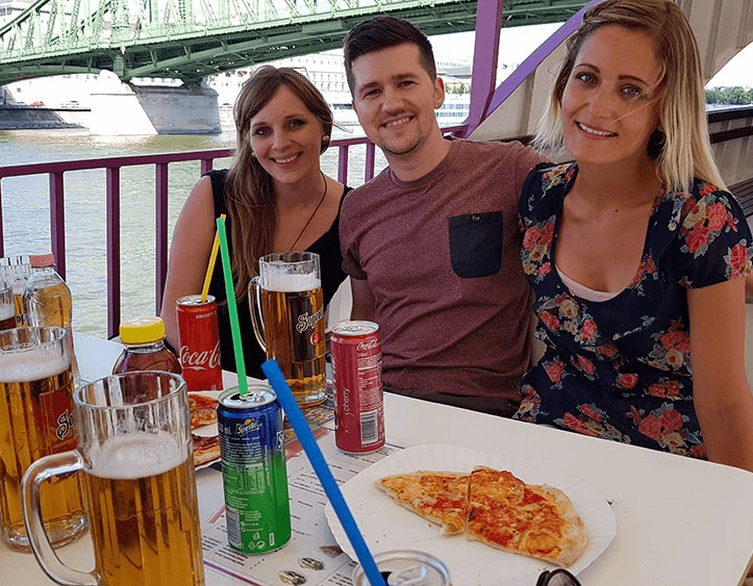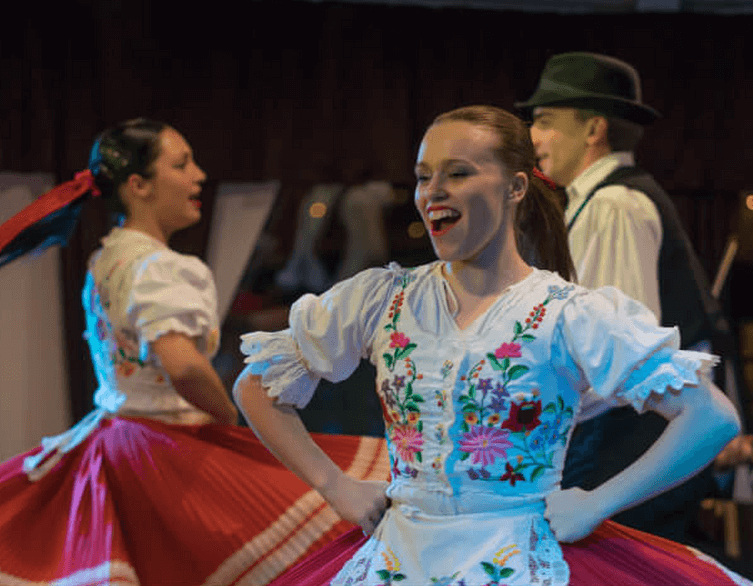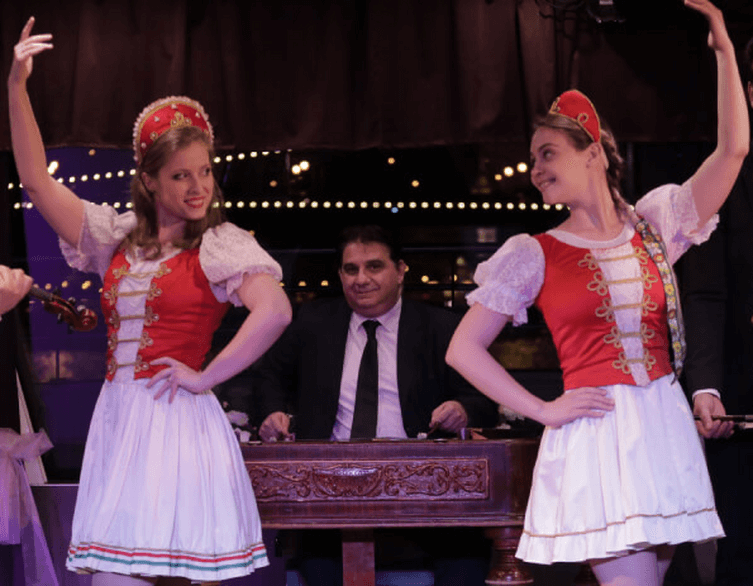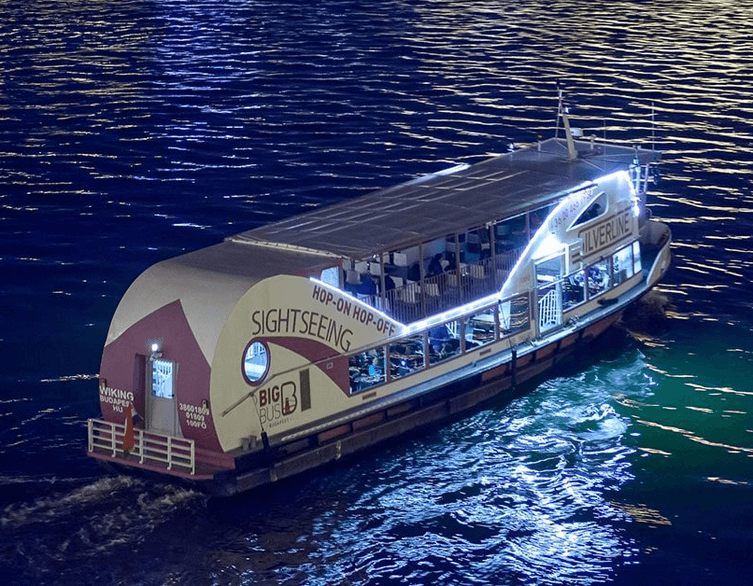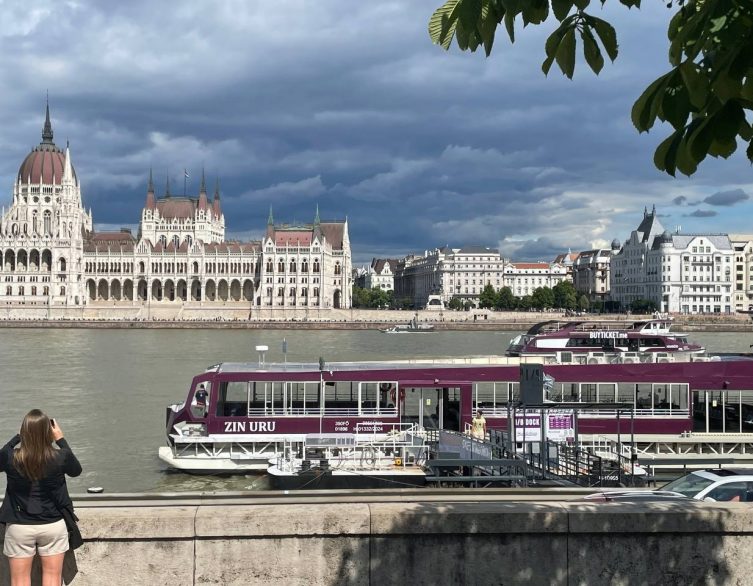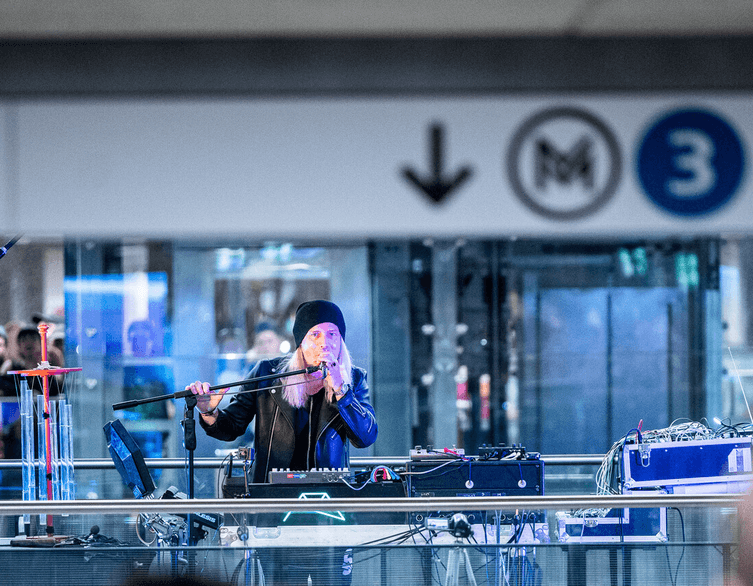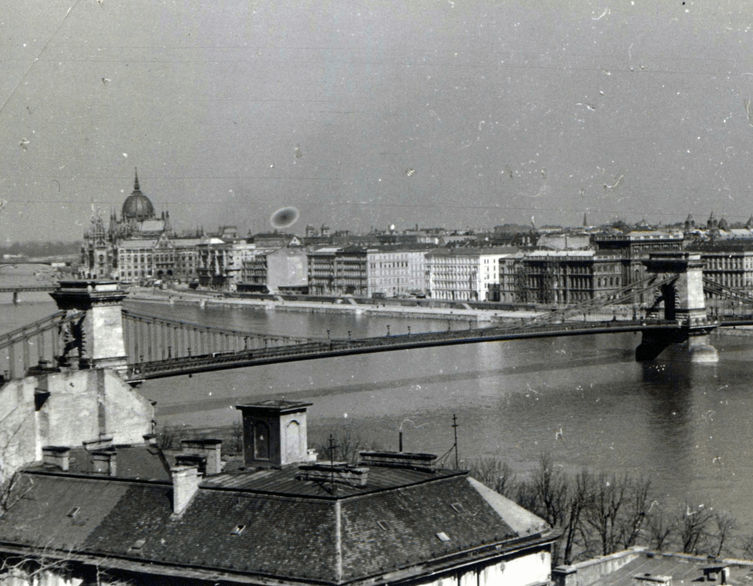Budapest’s Big Birthday Bash: 75 Years of Nagy-Budapest and Its Hidden Stories
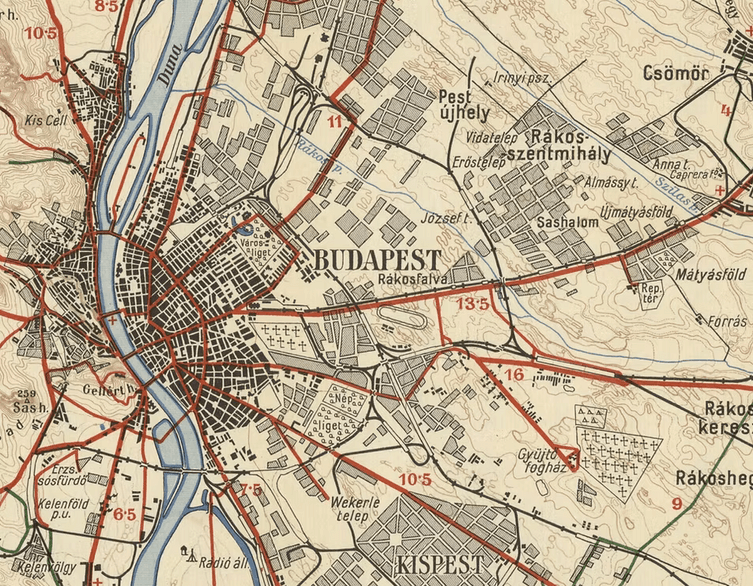
Did you know that Budapest actually has two birthdays? While the world might toast to the grandeur of Hungary’s capital on its original founding date, locals are popping the champagne all over again in 2025 to celebrate the 75th anniversary of “Nagy-Budapest” – the city’s massive coming-of-age, when it suddenly doubled in size, welcomed thousands of new citizens, and truly became the sprawling metropolis we know today.
The Day Budapest Got Bigger
Let’s hop in our imaginary time capsule and journey back to January 1, 1950. Until this day, Budapest was impressive, but mostly enjoyed a tight-knit urban family. Then, in a move that changed everything, Parliament voted in late December 1949 to annex seven neighboring towns and sixteen large villages, adding a whopping 23 new districts. It wasn’t just a little shakeup—the city’s land grew from 207 to 531 square kilometers, and the population jumped by more than half a million new residents.
This transformation is often called Budapest’s second birthday, a reimagining of the entire city and its future. Suddenly, boundaries were redrawn, city maps reworked, and new neighborhoods joined Vienna and Paris in duking it out for “most eclectic European capital.”
Discovering the Many Lives of Budapest
Curious about what this burst of urban expansion looked like? The Fővárosi Szabó Ervin Library is marking the occasion with a fabulous new virtual exhibition that’s unlike anything you’ve seen before. Think of it as Budapest’s family photo album, with over 330 digitized gems: old photos, postcards, posters, advertisements, stamps, and news clippings—all lovingly collected and traced back to the city’s expansion era.
If you’re into maps—and who isn’t, when they reveal so much about a city’s secret past—there’s a whole section with twenty carefully selected vintage maps, showing how planners and dreamers thought Budapest should stretch beyond its limits. These include standalone maps of those newly adopted districts, each telling a story in winding roads and shaded green parcels.
One of the crown jewels of the exhibition is the 1948 Master Plan for Greater Budapest. Only one full copy of this remarkable document survives, and it’s kept under lock and key in the library’s Budapest Collection—a true testament to the architectural vision of renowned city planner Gábor Preisich and his dedicated team.
Four Neighborhoods, Four Stories
Among the 23 freshly minted districts, four stand out as perfect case studies in city evolution—a lesson in how each brings its own flavor to the Budapest experience. Visit Újpest to discover the legacy of industry and manufacturing, or stroll through the vineyard-speckled lands of Budafok, a place with deep roots in agriculture and winemaking. Escape to the charming, village-like streets of Pesthidegkút for a taste of garden city life, or relax in Mátyásföld, which was carefully planned as a summer getaway and shows how Budapest managed to build leisure right into its cityscape.
Best deals of Budapest
Each area weaves an individual tale—of local traditions, unique lifestyles, and the daily joys and struggles of their residents, all now integral chapters in Budapest’s history.
The City That’s Still Growing
Budapest’s transformation wasn’t an overnight event—it took decades of debate, planning, and visionary thinking. The exhibition dives deep, showcasing pivotal proposals from as far back as 1902, when city officials first voiced the idea of merging surrounding communities with Budapest. The momentum grew under Mayor István Bárczy, whose 1906 inaugural address firmly planted the seeds for “Nagy-Budapest”—a rarely discussed but crucial step toward city unity.
It all led up to the giant leap of 1950, and the results were electrifying: the city soon boasted 22 districts, 1.5 million people, and a new cultural and social fabric that still shapes urban life here today.
Relive History—Virtually!
Whether you’re wandering through Budapest in person or want to immerse yourself from afar before your visit, you can explore the exhibition’s treasures at the FSZEK’s dedicated website. It’s a window into the major changes and lively local color that mark the birthplace of today’s dynamic city. Photographs and artifacts are free to view, download, and even share with the Budapest attribution—meaning your travel blog and social media can channel authentic city history.
This virtual time-travel isn’t just for history buffs. It’s for anyone drawn to Budapest’s mysterious neighborhoods, bustling boulevards, and leafy corners, eager to trace how diverse communities came together to create the Budapest we celebrate today. And as you stroll the streets, you might notice echoes of that “second birthday”—in the architecture, the local stories, and the welcome of residents whose roots reach back decades.
Celebrating Budapest’s Future
As Budapest marks the 75th anniversary of this legendary merger, the city isn’t just looking back. Locals and visitors alike are pondering what Nagy-Budapest means not only for the past, but for the future—the new opportunities, new faces, and new dreams that will shape the next generation of city life.
So next time you’re exploring this river-straddling, culture-packed capital, remember the great leap that brought together so many people and places for the first time. Budapest’s Big Birthday is your invitation to discover its many hidden faces—one historic street at a time.
Related news
Related events



